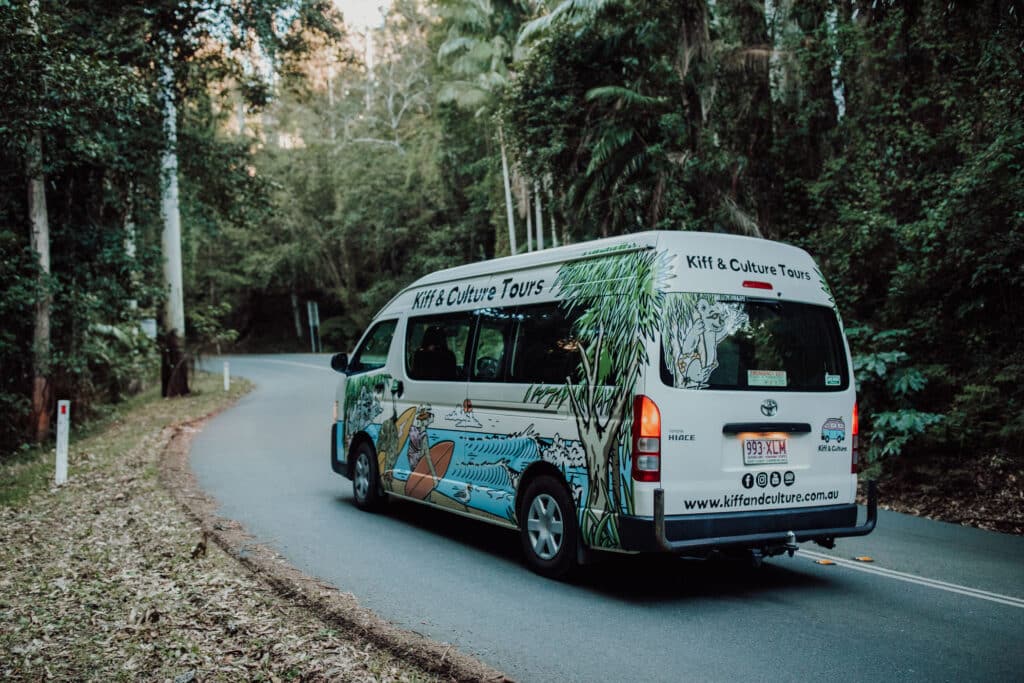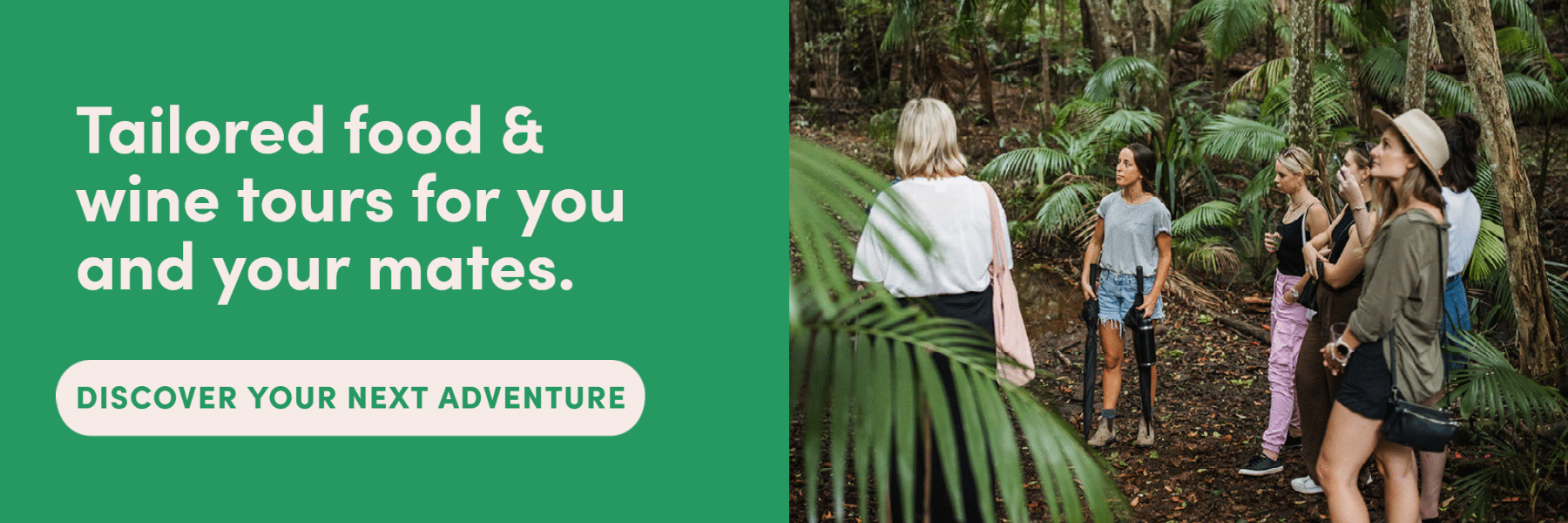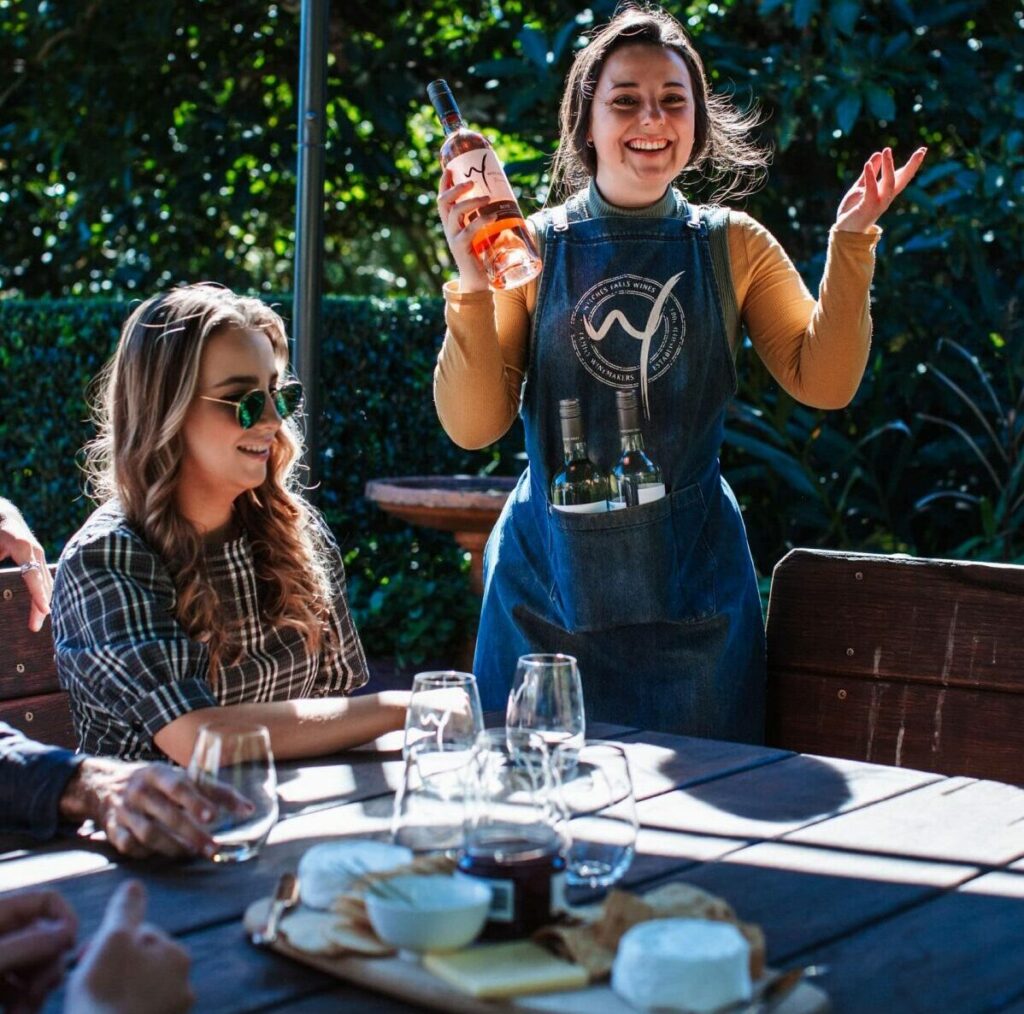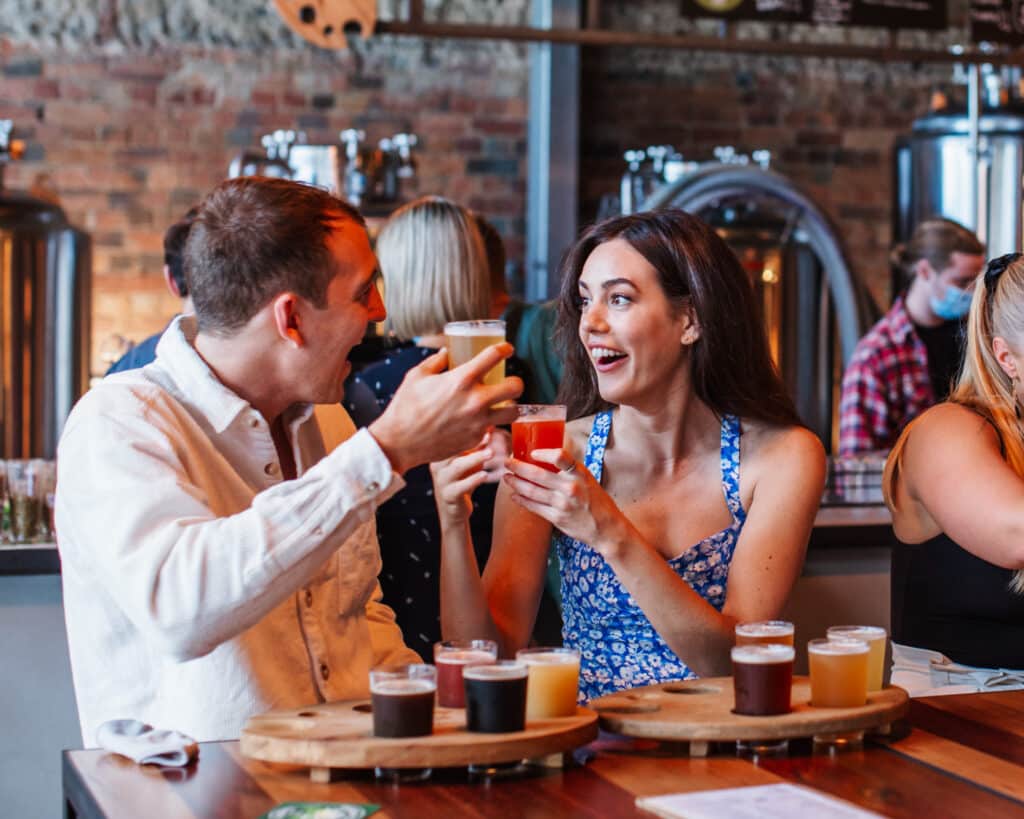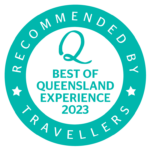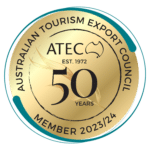What springs to mind when you hear the name “Byron Bay”?
Multi-million-dollar celebrity mansions and gluten-free vegan cafes? Or big rolling beach breaks and carefree barefoot vibes?
For better or worse, Byron has evolved over the years. We’re covering its evolution in this post.
From pristine lowland rainforest to working-class farming hub and low-key hippy hangout to glam celebrity playground, here’s a brief history of Byron Bay.
The Pre-Colonial Years
The Arakwal People of the Bundjalung Nation are the traditional owners of the land. Known as “Cavanbah” (meeting place) in the Bundjalung language, the area was a popular gathering spot for regional tribes due to its abundant resources.
Fishermen from all over the Bundjalung Nation flocked here to skewer fresh fish during the annual Mullet Run. The Arakwal hunted bush tucker like wallabies, pademelons, flying foxes, and bandicoots, living in harmony with the land for 20,000 years.
Before colonisation, the Byron Hinterland was home to the “Big Scrub,” the largest subtropical lowland forest in Australia.
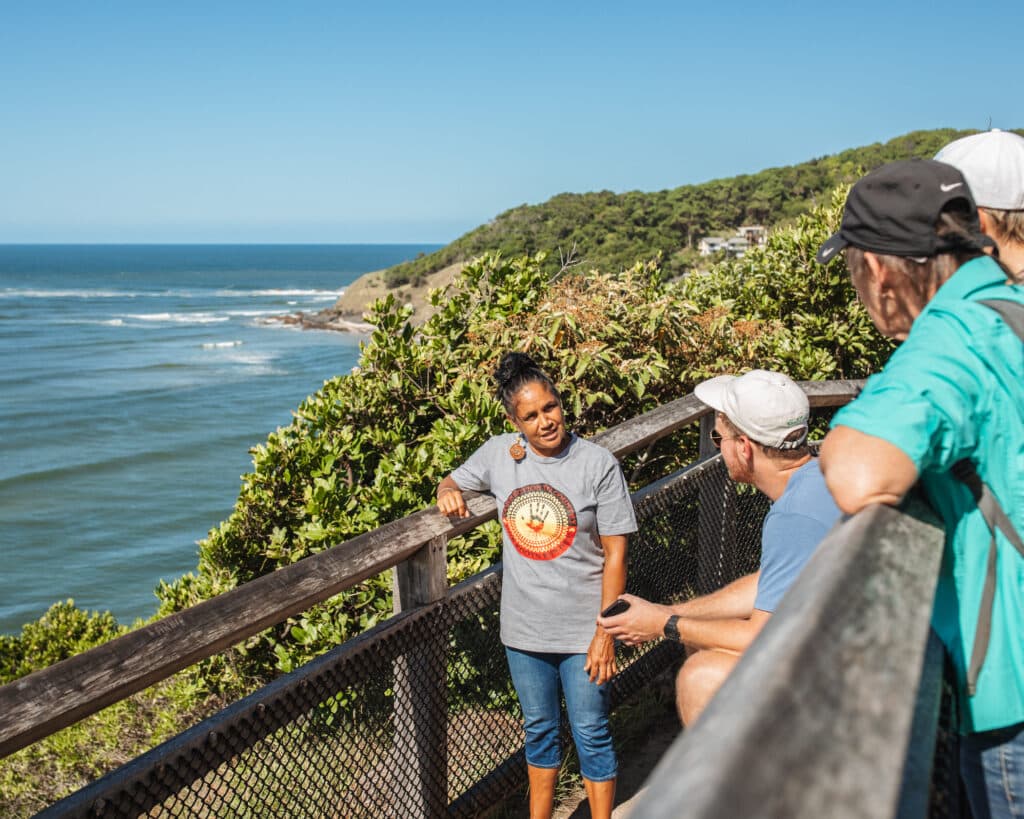
Early Colonisation
Captain Cook was the first European to explore the region. Upon sailing HMS Endeavour past the cape in 1770, he named it after fellow British explorer, Vice-Admiral John Byron.
Some mistakenly believe the town gets its name from the famed poet Lord Byron (John’s grandson). You’ll see several local streets named after other world-famous poets.
Like everywhere in Australia, colonisation led to unspeakable atrocities against the traditional owners. The scars still fester today.
The first Europeans to inhabit the area were the “cedar-cutters,” who promptly began decimating the Big Scrub. Only 1% of the magnificent low lying forest remains. The Big Scrub regeneration movement, led by trailblazers such as Cape Byron Distillery, is working to bring it back to it’s former glory.
European settlers formally founded the town of Byron Bay in 1884.
The Agricultural Era
With the cedar cutters clearing large swathes of fertile land, the dairy farmers moved in. One clever fellow worked out that the climate, coupled with imported paspalum grass, was perfect for butter production.
In 1895, he established the farmer-owned dairy co-operative NORCO, which became one of the world’s biggest butter producers by the turn of the 19th century. Although it closed its Byron factory in 1972, the brand still operates today.
In a dark chapter in the history of Byron Bay, between 1954 and 1962, the town was one of Australia’s most lucrative whaling stations. The locals harpooned 1,146 whales off the cape, processing their carcasses into oils and meat.
Nowadays, Byron is a well-known whale-watching destination. It’s also home to a chapter of the Sea Shepherd Conservation Society.
The Hippy & Surfie Era
Long boarders first started visiting Byron in the 1960s as word about its legendary waves spread. Ad-hoc surf camps sprung up around the now-famous breaks at The Pass, Wategos, and Cosy Corner.
Following the 1974 Aquarius Festival in nearby Nimbin, flocks of free-spirited folk set up roots in the region. The remnants of their alternative, counter-culture lifestyle still forms part of Byron’s cultural tapestry today. The long-standing Bluesfest helps keep this tradition alive.
The Modern Age
Byron gradually went upmarket in the 1980s, when cashed-up holidaymakers and capital city sea changers started trickling in.
One of the first big-name celebs to call Byron home was Paul Hogan, who lived in a lavish hinterland mansion dubbed “The Pink Palace.” Paul frequently drank at the Beach Hotel, a buzzing Main Street watering hole owned by his former manager.
Despite its explosive popularity, the locals (and local council) have worked hard to cling onto Byron’s roots.
In the early 1990s, residents drove McDonald’s out of town through a “No Mackin Way in Byron Bay” campaign. To avoid Sunshine Coast-style high-rise development, the Byron Shire Council enforced a strict three-storey limit in the town centre.
Book a Byron Bay Tour with Kiff & Culture
Keen to chew through some of the finest farm-to-table cuisine in Byron? Or perhaps you’d like to learn more about the Arakwal People?
Then book your spot on one of our Byron Bay epicurean adventures.
